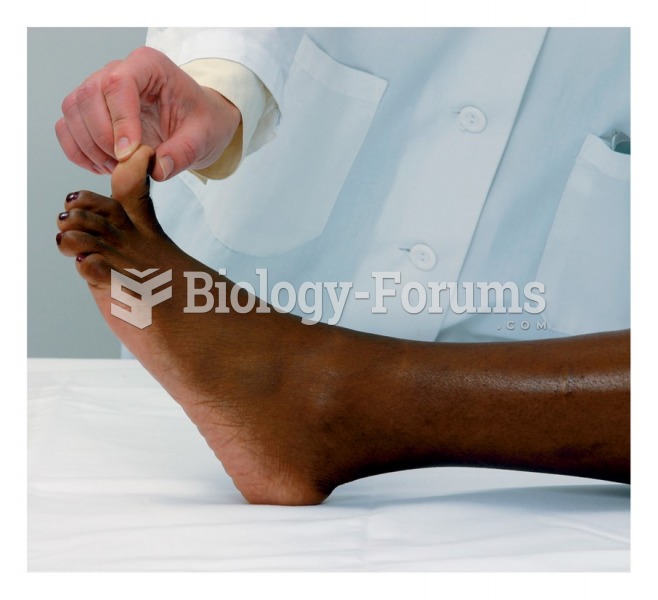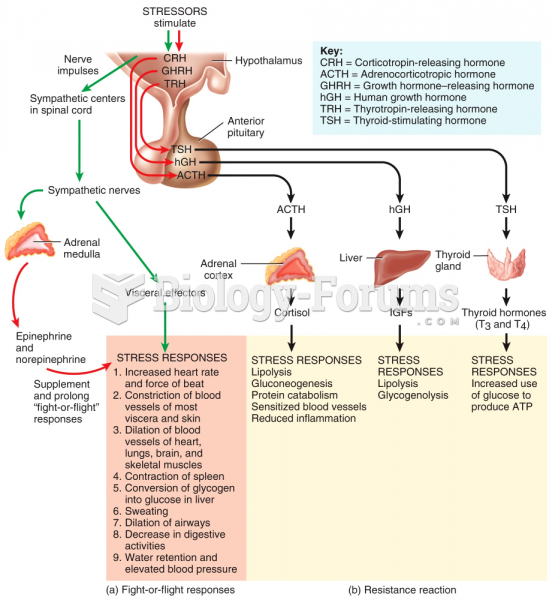Answer to Question 1
In 1816, prominent New Yorkers formed the Society for the Prevention of Pauperism. Although they concerned themselves with shutting down taverns, brothels, and gambling parlors, they also were -concerned that the moral training of children of the dangerous classes was inadequate.
Soon other groups concerned with the plight of poor children began to form. Their focus was on extending government control over youthful activities (drinking, -vagrancy, and delinquency) that had previously been left to private or family control.
These activists became known as child savers. Prominent among them were penologist Enoch Wines, Judge Richard Tuthill, Lucy Flowers, of the Chicago Women's Association, Sara Cooper, of the National Conference of Charities and Corrections, and Sophia Minton, of the New York Committee on Children.
Poor children could become a financial burden, and the child savers believed these children presented a threat to the moral fabric of society.
Child saving organizations influenced state legislatures to enact laws giving courts the power to commit children who were runaways or criminal offenders to specialized institutions.
Answer to Question 2
Especially during the first half of the nineteenth century, the United States -experienced rapid population growth, primarily due to an increased birthrate and -expanding -immigration. The rural poor and immigrant groups were attracted to -urban -commercial centers that promised jobs in manufacturing.
In 1790, 5 percent of the population lived in cities. By 1850, the share of the urban population had -increased to 15 -percent; it jumped to 40 percent in 1900, and 51 percent in 1920 . New York had more than quadrupled its population in the 30-year stretch between 1825 and 1855from 166,000 in 1825 to 630,000 in 1855 .
Urbanization gave rise to increased numbers of young people at risk, who overwhelmed the existing system of work and training. To accommodate destitute youths, local jurisdictions developed poorhouses (almshouses) and workhouses. The poor, the insane, the diseased, and vagrant and destitute children were housed there in crowded and unhealthy conditions.
By the late eighteenth century, the family's ability to exert control over children began to be questioned. Villages developed into urban commercial centers, and work began to center around factories, not the home.
Children of destitute families left home or were cast loose to make out as best they could; wealthy families could no longer absorb vagrant youth as apprentices or servants. Chronic poverty became an American dilemma.
The affluent began to voice concern over the increase in the number of people in what they considered the dangerous classesthe poor, single, criminal, mentally ill, and unemployed.
Answer to Question 3
F







